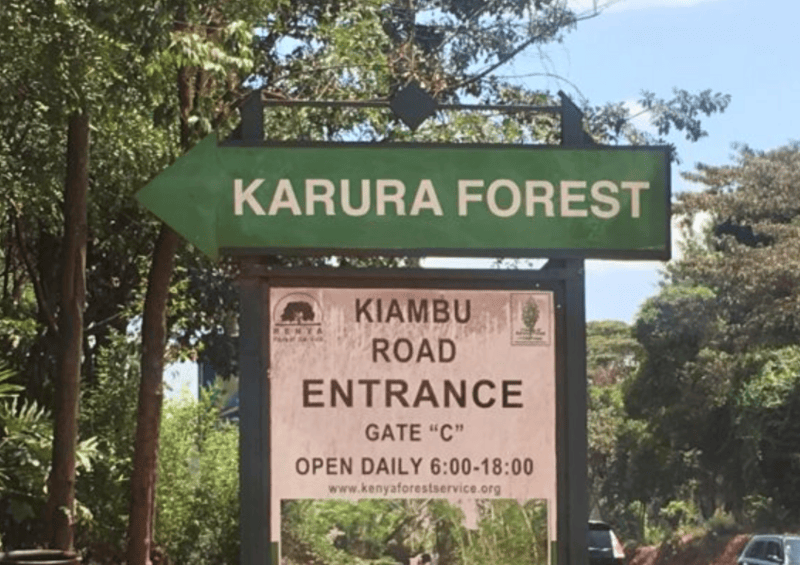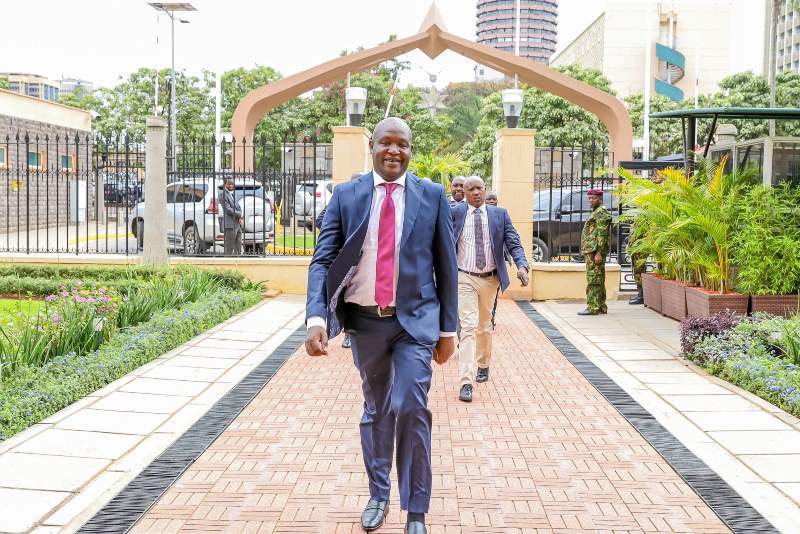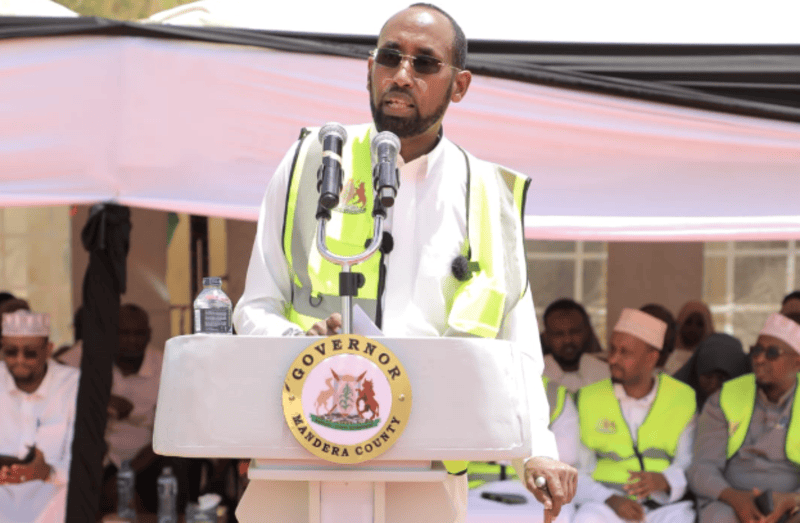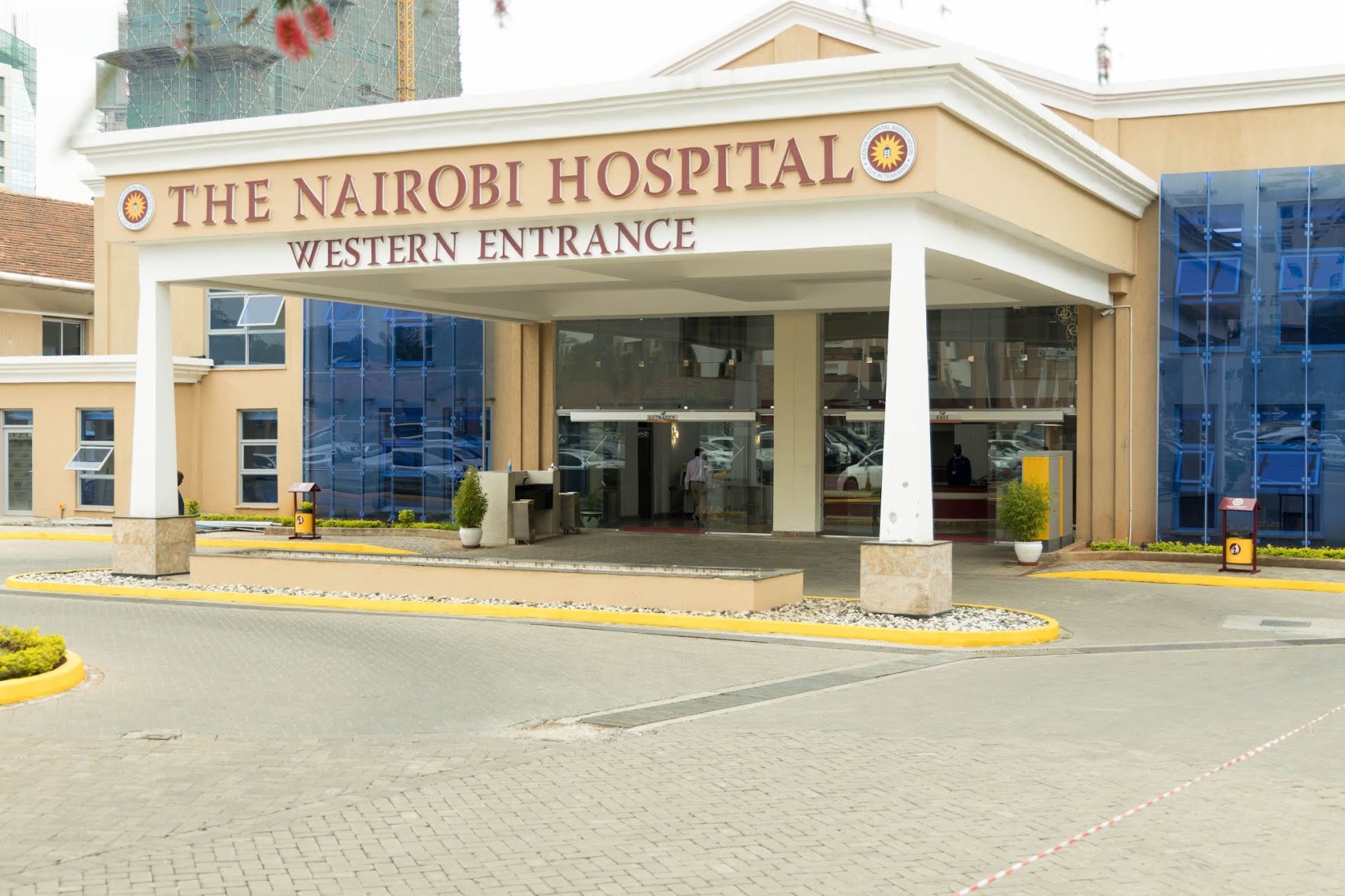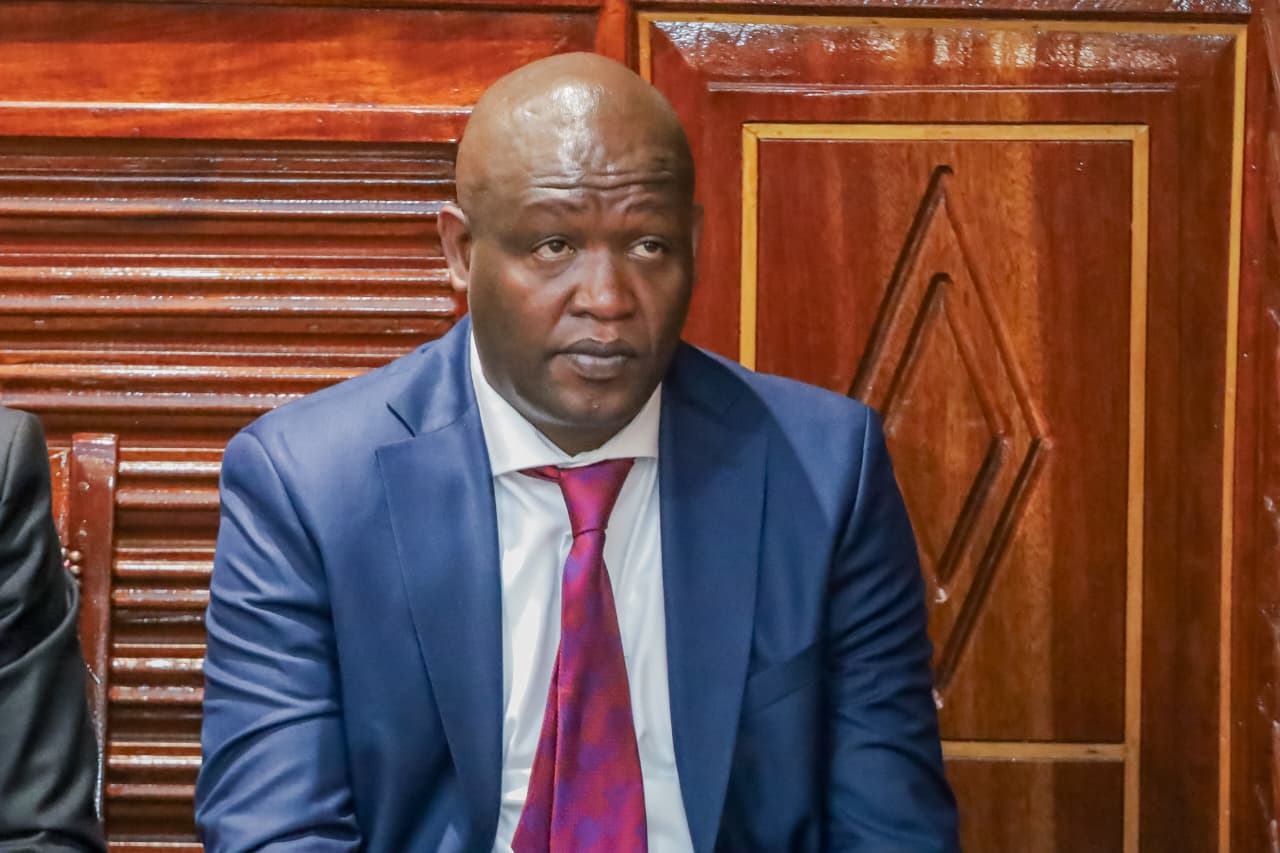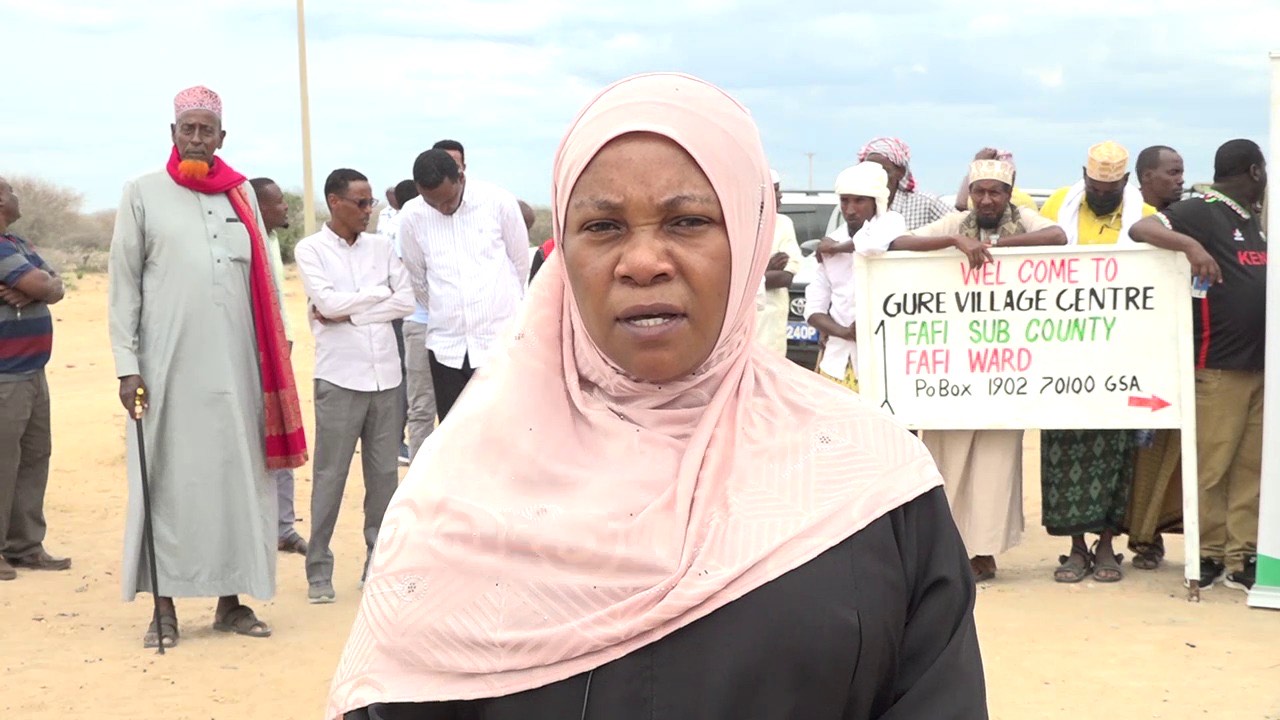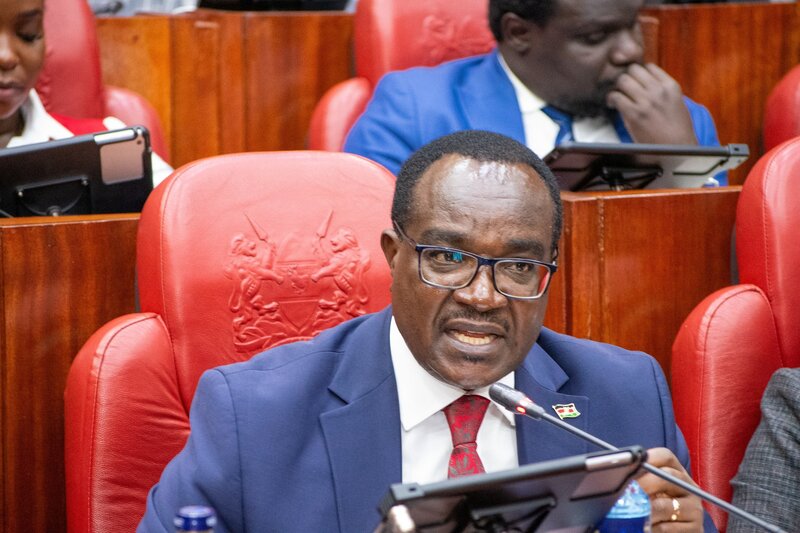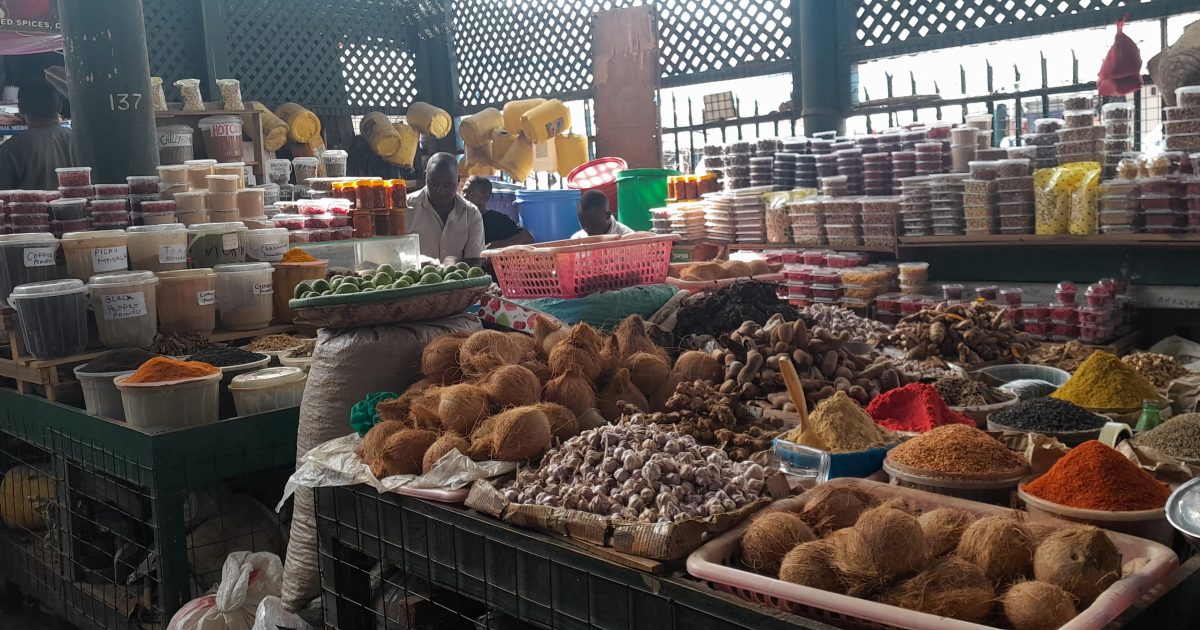The rise of modern apartment living: Trends shaping Kampala's real estate scene
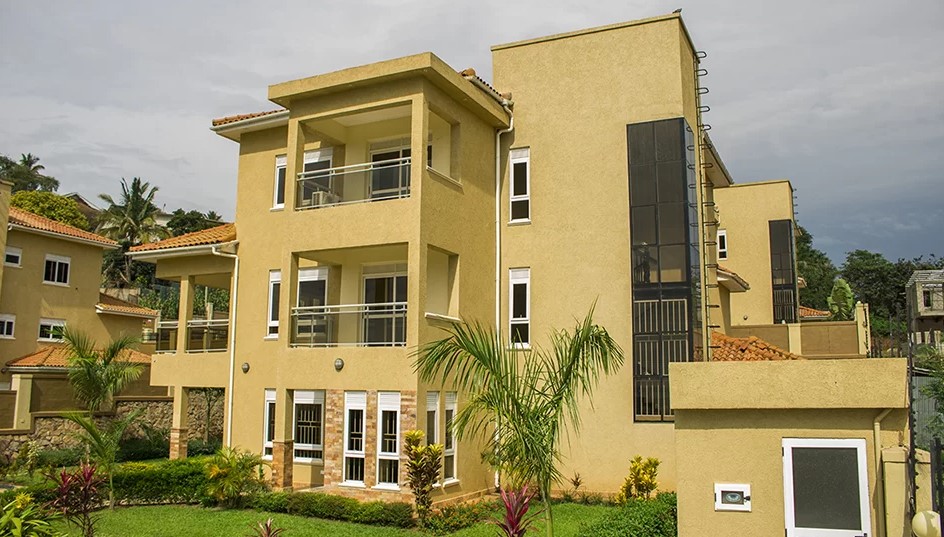
Standalone houses also see significant demand, particularly among larger families or individuals seeking more expansive living environments.
The Kampala Property Market Performance Report by Knight Frank, covering the first half of 2024 (H1 2024), has unveiled a complex yet intriguing landscape.
The report highlights a continued strong demand for prime residential units, predominantly fuelled by expatriates and Ugandans living abroad. The most sought-after properties are two-bedroom and three-bedroom condominiums, favoured for their balance of space and convenience, making them particularly appealing to the expatriate community and returning Ugandans.
More To Read
- Kenya's retail and hospitality sectors slow as consumers cut spending in 2025
- Kenya’s prime office rents stagnate for fourth quarter despite rising demand, Knight Frank report shows
- Construction industry braces for higher costs as new taxes kick in
- Real estate industry raises red flags over Finance Bill, 2025 tax proposals
- Kampala tops list of most corrupt districts in Uganda – IGG report
- Kenya sees sluggish growth in high-net-worth individuals amid economic headwinds – Knight Frank
Standalone houses also see significant demand, particularly among larger families or individuals seeking more expansive living environments.
This strong demand for these types of houses reflects broader trends in the real estate market, where high-quality, well-located homes continue to draw significant attention from both international and domestic purchasers.
These trends underscore a vibrant and dynamic real estate sector in Kampala, driven by a blend of local and global factors.
However, the report also indicates notable shifts and challenges within Kampala's prime residential real estate market. Historically, the most preferred prime residential areas in Kampala have been Naguru, Kololo, Nakasero, Mbuya, and Bugolobi.
People have long sought after these neighbourhoods due to their desirable locations and high-quality amenities. Recently, however, there has been a growing interest in areas such as Lubowa, Kigo, and Muyenga.
The emergence of upscale gated communities in these suburbs, designed to compete with the increasingly popular apartments in Kololo, is responsible for this shift. Over the years, Kololo has seen a steady increase in apartment supply, prompting developers to create attractive alternatives in nearby areas.
Despite these evolving preferences, the prime residential market encountered a slowdown in H1 2024. The report indicates a marked reduction in both sales and lettings during this period. In addition, occupancy levels have declined by one per cent compared to the first half of 2023, further reflecting the market's deceleration.
Supply-demand imbalance and Economic pressures
One of the key factors contributing to this slowdown is the imbalance between supply and demand. The market is currently experiencing an oversupply of residential units, which has created a buyer’s marketplace, an environment where buyers have greater leverage due to the higher availability of properties.
This surplus has made it more challenging for sellers to secure transactions at desired prices, resulting in a less dynamic market overall.
“The increased residential property supply was on account of stock from the development pipeline, off-loading properties through auctions and repossessions by banks and other credit institutions, as well as individuals and companies disposing of properties to cater for their liquidity needs.
The tight monetary conditions, marked by an increase in the central bank rate from 10 per cent to 10.25 per cent, the highest since May 2017, have adversely impacted disposable incomes, leading to a credit squeeze. The credit squeeze has led to a slow market performance worsened by the buyer’s indecisiveness due to numerous options,” the report states in part.
Evolving residential preferences
Modern apartment blocks are replacing older, detached houses in Kampala's prime residential areas like Kololo and Nakasero. Developers aim to capitalise on economies of scale by constructing multi-let units, driving this shift. This approach has the following benefits: increased rental incomes and reduced operational costs through shared facilities and services.
For example, new developers, such as VAAL, are entering the market with high-density residential projects, particularly in Kololo and Nakasero. Sleek, modern designs often characterise these developments, catering to current market demands and aiming to maximise profitability by accommodating more tenants within the same footprint.
 An aerial view of Kampala City, Uganda. (Photo: Spectrum Real Estate Solutions)
An aerial view of Kampala City, Uganda. (Photo: Spectrum Real Estate Solutions)
This trend of replacing detached homes with apartment blocks has led to a significant shift in the residential landscape. As a result, there is a growing disparity in the availability of standalone houses in these prime areas.
Tenants who prefer the privacy and space offered by detached homes are finding fewer options in these high-demand neighbourhoods. Consequently, many are turning to secondary residential areas such as Mbuya, Munyonyo, Muyenga, and Bugolobi.
These areas are emerging as alternative locales for those seeking standalone houses, offering more space and a different residential experience compared to the increasingly dense developments in the traditional prime areas.
As tenants increasingly seek modern interior finishes and enhanced amenities, developers are responding by upgrading their project specifications in secondary residential suburbs such as Nalya, Kyanja, Bukasa, and Najera. This trend reflects a broader shift in tenant expectations and is driving changes in the local real estate market.
Developers in these areas are now incorporating high-quality materials, contemporary design elements, and a range of amenities that align with the latest standards of luxury and convenience. Features such as modern kitchen appliances, stylish bathrooms, and energy-efficient systems are becoming more common.
In addition, amenities such as fitness centres, swimming pools, and secure parking are being included to attract tenants who are accustomed to these conveniences in more central locations.
Impact of improved infrastructure and connectivity
Access to rapid and reliable internet has become a crucial factor for tenants when choosing accommodation. In response to this demand, existing telecommunications companies are expanding their optical fibre networks into secondary residential suburbs such as Nalya, Kyanja, Bukasa, and Najera.
In addition, new entrants, such as Canal Box, are entering the market, further enhancing connectivity options in these areas. Moreover, infrastructure improvements are contributing to the appeal of these suburbs.
The Greater Kampala Metropolitan Area Development Programme is upgrading several commuter towns' access roads from murram to tarmac and resurfacing others. These enhancements are expected to significantly improve road quality and connectivity.
The development of better road networks and expanded internet access will have a positive impact on the marketability and land prices in these secondary suburbs. Enhanced infrastructure makes these areas more attractive to potential tenants and buyers, thereby driving up property values and fostering greater interest in these once less desirable locations.
Pipeline activity and emerging trends
Pipeline activity in Kampala’s prime residential areas has surged by 67 per cent, with over 1,000 new apartment units expected to enter the market within the next 12 to 24 months. Many developers are focussing on high-density projects featuring one- and two-bedroom apartments.
This influx of new units, particularly in sought-after neighbourhoods such as Kololo, Nakasero, and Naguru, is anticipated to exacerbate the current oversupply in the residential market.
As the stock of available apartments increases, rental prices are likely to fall as property owners and managers seek to attract tenants and reduce vacancies. This trend underscores a potential shift in market dynamics, where the balance between supply and demand becomes increasingly strained.
In response to evolving tenant preferences, a new trend is emerging in residential development. Modern complexes are increasingly incorporating mixed-use elements, blending residential spaces with offices, food and entertainment venues, and convenience retail areas within the same development.
This approach aims to create vibrant, self-contained communities that offer residents a more integrated and convenient lifestyle.
Short-term rentals and digital platforms
There is a discernible shift in landlord preferences towards short-term rentals for furnished apartments, driven by lower occupancy levels in higher-density apartment blocks. This trend has been particularly evident in neighbourhoods such as Kyanja, Kisaasi, Najjera, Bukoto, Mutungo, Muyenga, and Kigo.
These areas are seeing a growing number of short-term renters, reflecting a broader change in tenant preferences and market dynamics.
Landlords are increasingly favouring short-term leases as a response to the challenges of maintaining high occupancy rates in densely populated apartment blocks.
Short-term rentals offer the flexibility to attract a varied clientele, including expatriates, business travellers, and vacationers, who prefer the convenience and flexibility of furnished accommodations.
The rise of online booking platforms further supports this shift. Platforms such as Airbnb, Booking.com, and other short-term rental services are becoming more popular among tenants and property owners.
These platforms streamline the rental process, making it easier for landlords to manage short-term bookings and for tenants to find suitable accommodations.
The growing reliance on these digital tools has facilitated this trend, allowing landlords to reach a broader audience and respond more dynamically to market demands. Consequently, short-term rentals are becoming more viable and attractive options in areas where traditional long-term leases may face higher vacancy rates.
Retail and industrial sector performance
In the first half of 2024, Kampala's retail sector exhibited strong performance, driven by a robust economy and heightened market activity. Several factors contributed to this growth, including the entry of new retailers and the expansion of existing ones.
In various shopping malls, the sector benefited from a diverse mix of products and tenants. In addition, key retail calendar events such as the back-to-school season, Valentine’s Day, Easter, and Eid significantly boosted foot traffic and consumer spending.
Retail metrics for this period were notable: turnover increased by 30 per cent, foot traffic grew by five per cent, and occupancy levels rose by three per cent. The Kampala Flyover Project, which improved road access around Arena Mall, played a crucial role in this success. It enhanced accessibility, attracted new retailers, and positively impacted both occupancy and turnover figures.
However, challenges persist. New neighbourhood malls in areas such as Kyengera, Kyanja, Najjera, Bulindo, and Buloba are facing issues such as limited parking space and rental rates that do not yet cover construction costs. This challenge is exacerbated by the "15 per cent turnover taxation" on rental income, which affects profitability.
Looking ahead to the second half of 2024, the retail sector outlook remains optimistic. Anticipated improvements in economic activity, the opening of an additional 1,606 square meters of retail space in Q4 2024, and favourable conditions such as a stable currency and positive investor sentiment, support this positive projection.
Top Stories Today
Reader Comments
Trending
